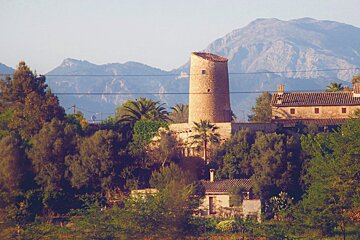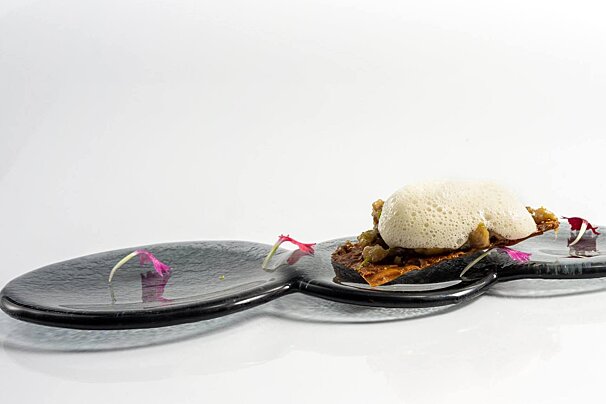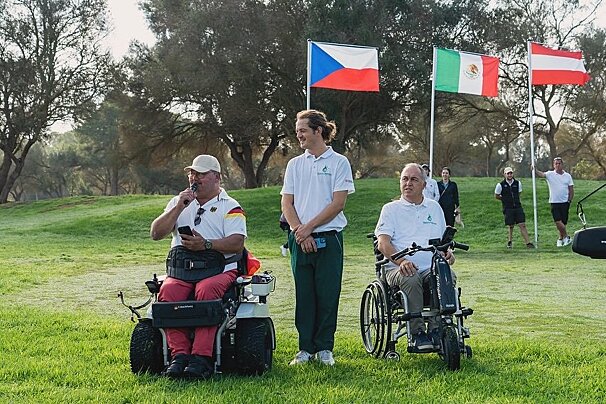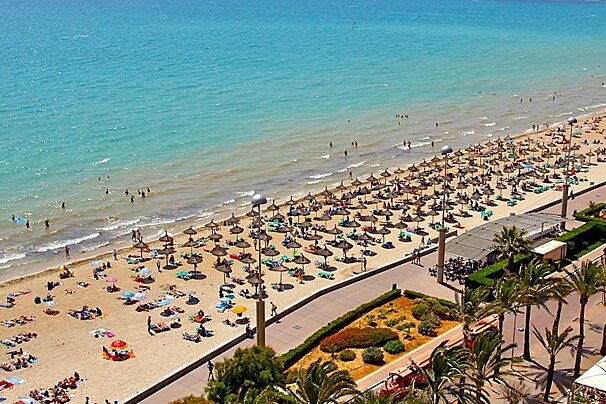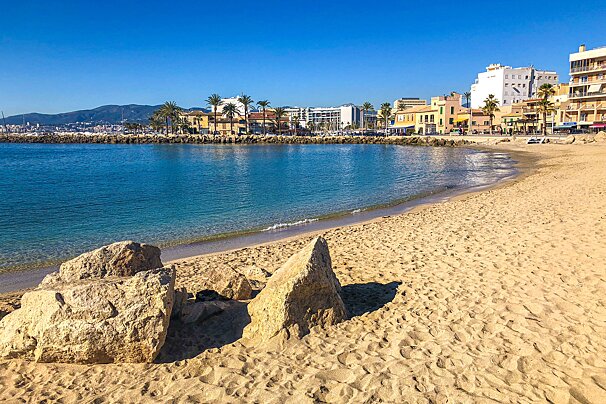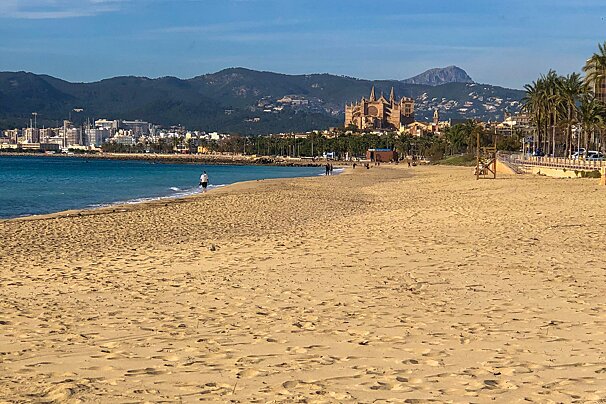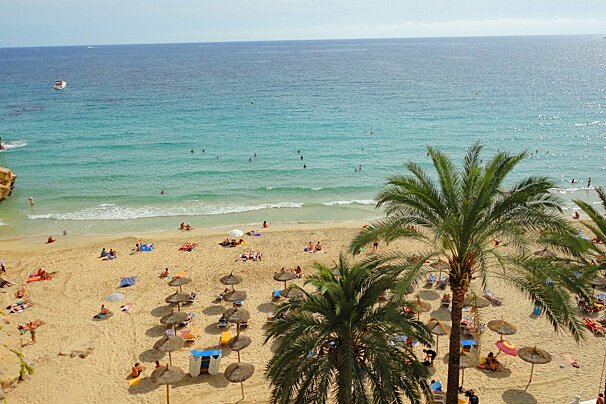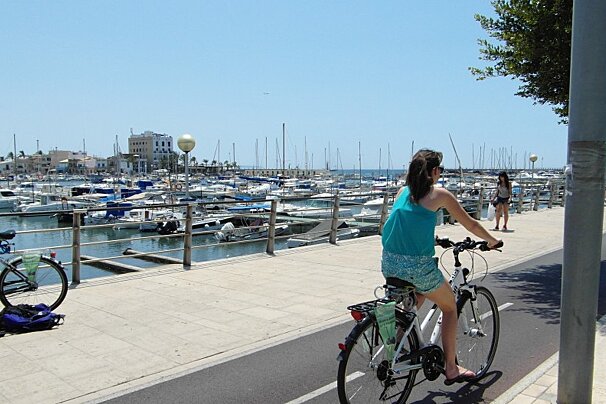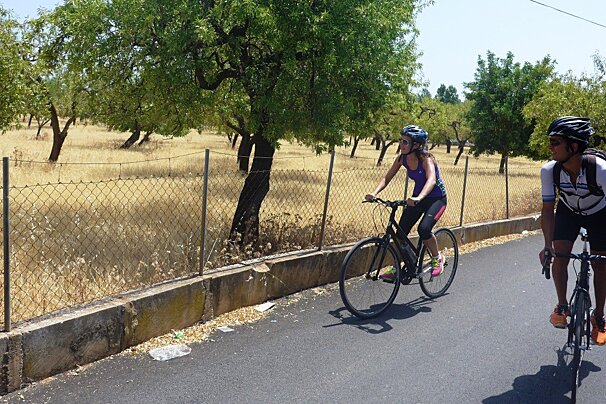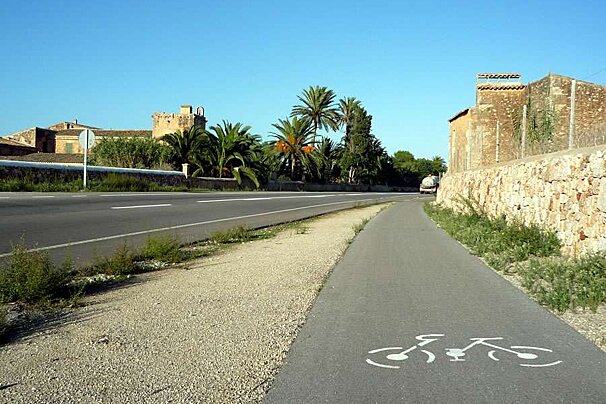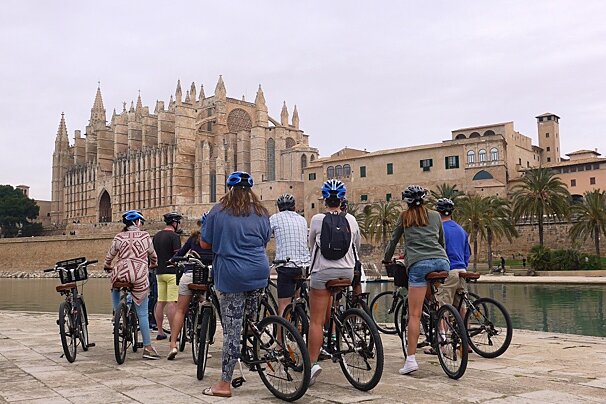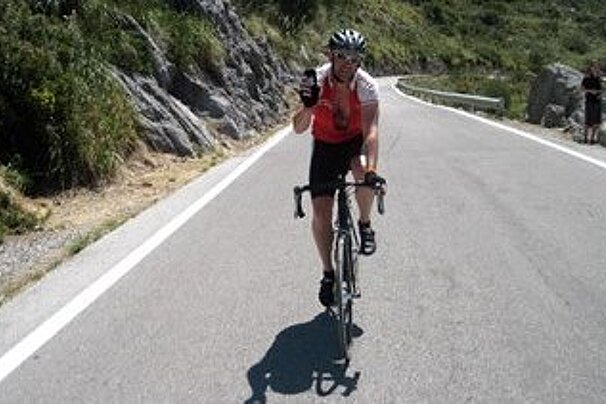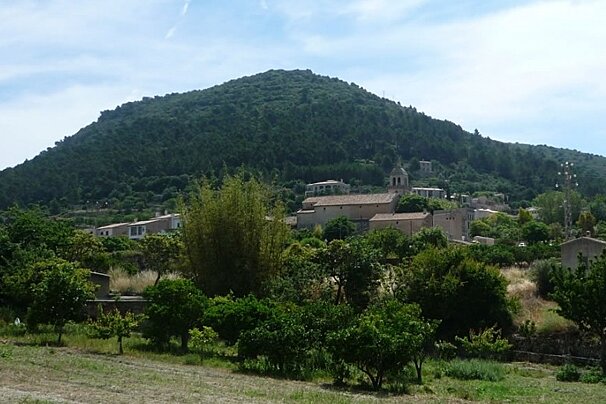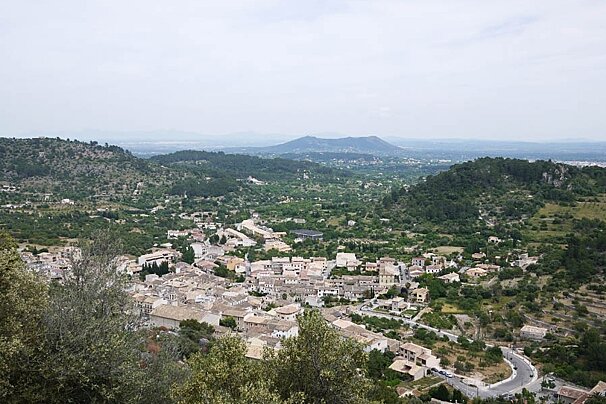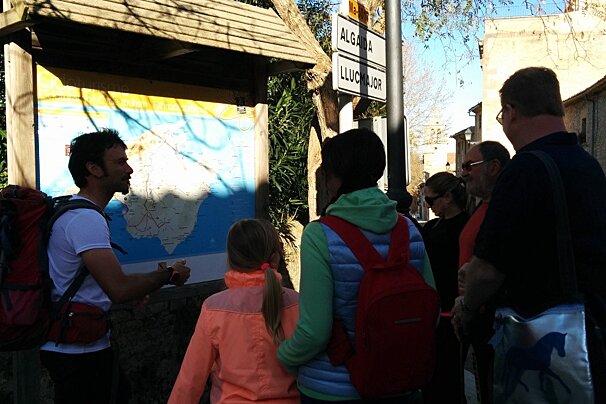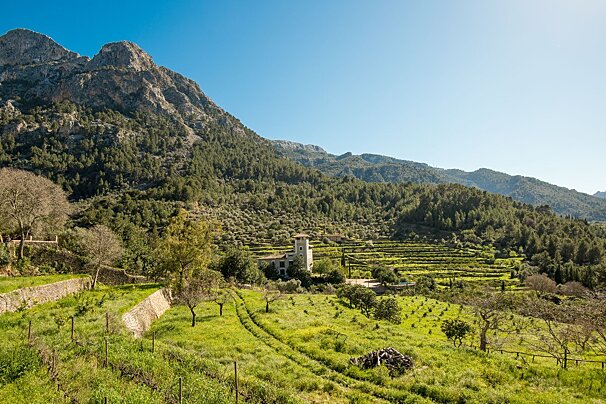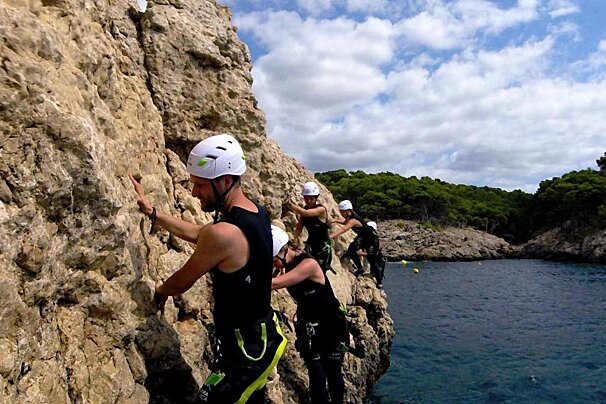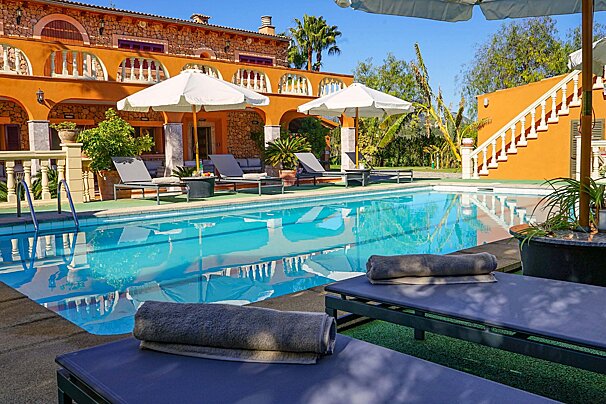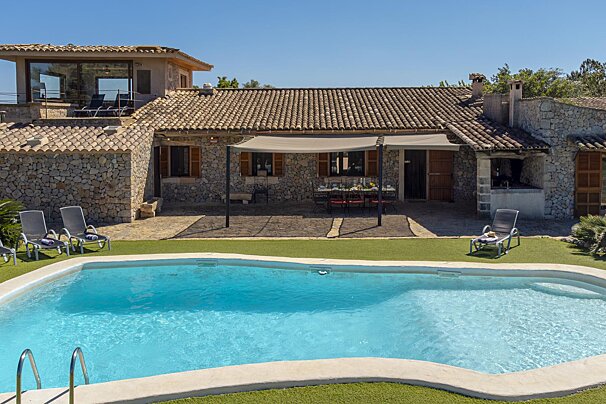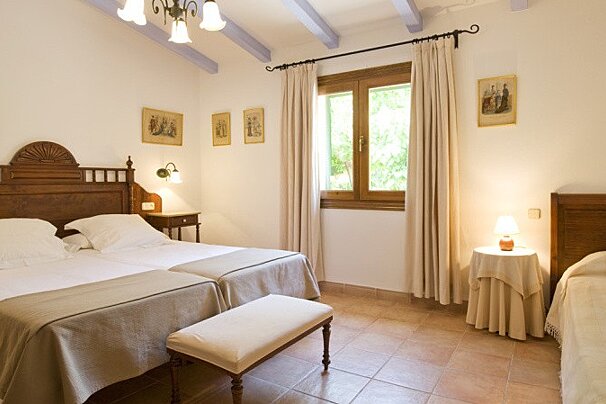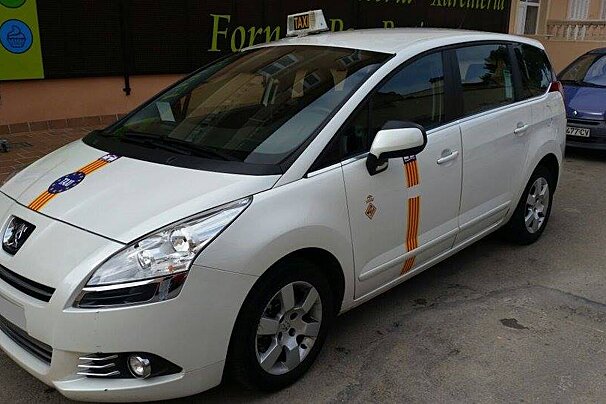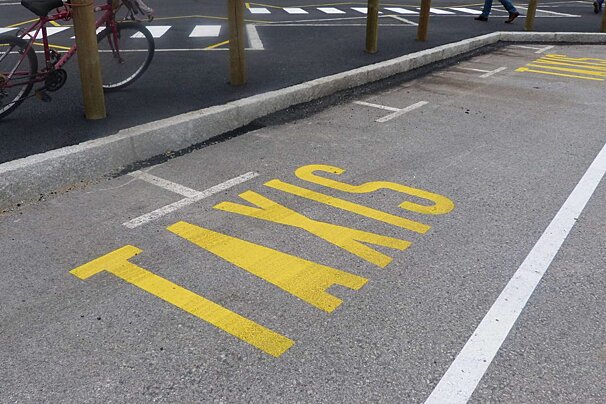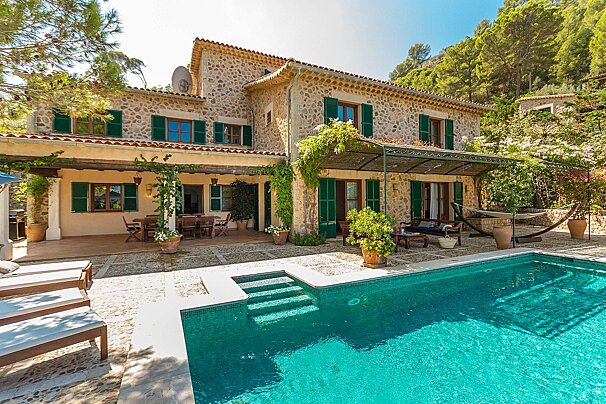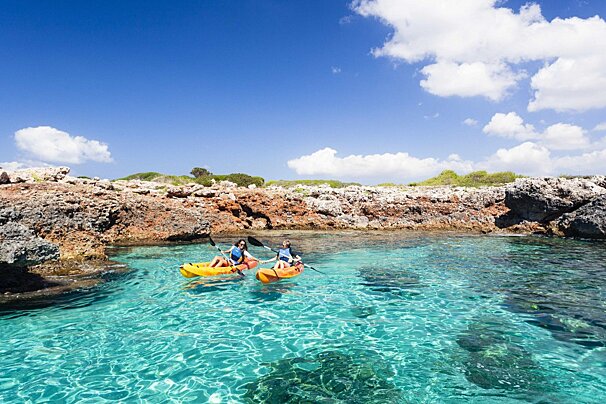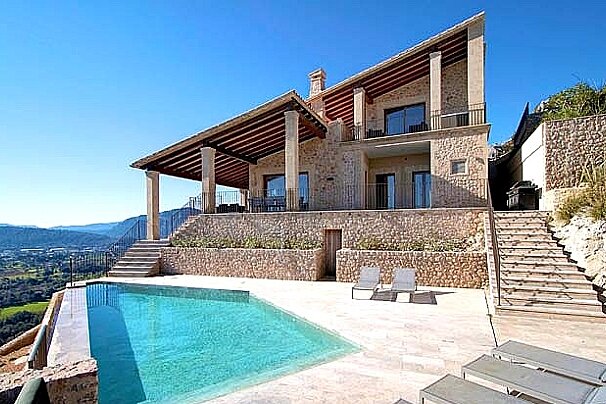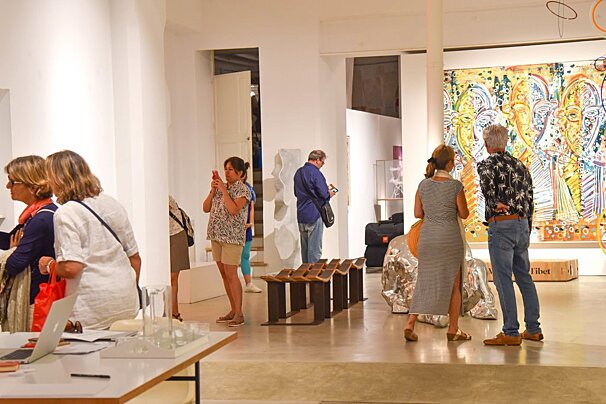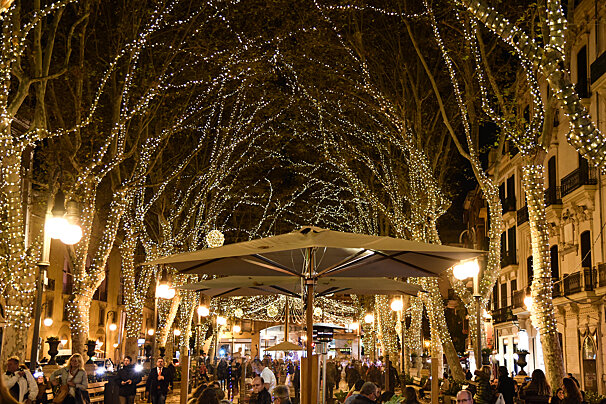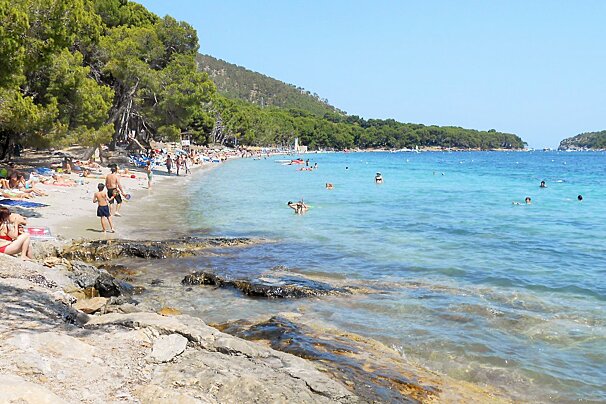Early history
Santa Eugènia is located in a region with its history rooted in agriculture and traditional Mallorcan rural life. The area has been inhabited since prehistoric times, as evidenced by nearby talaiotic remains, and later became part of the Muslim alquerías (farmsteads) before the Christian conquest of Mallorca in the 13th century.
After the conquest by King Jaume I in 1229, the land was redistributed and gradually developed into a rural settlement.
The village takes its name from Saint Eugenia, by the 16th century a parish church was established, which still stands as the heart of the community.
Farming roots remain strong
Over the centuries, Santa Eugènia grew as a farming hub, known for its vineyards, olive groves, and cereal crops, with wine production in particular shaping the local economy.
Culturally, the village has preserved much of its traditional character, with narrow streets, stone houses, and annual celebrations tied to its agricultural heritage and patron saint.
Today, Santa Eugènia remains a quiet, authentic Mallorcan village, balancing rural traditions with a growing appeal for visitors seeking a glimpse of local history and culture.

